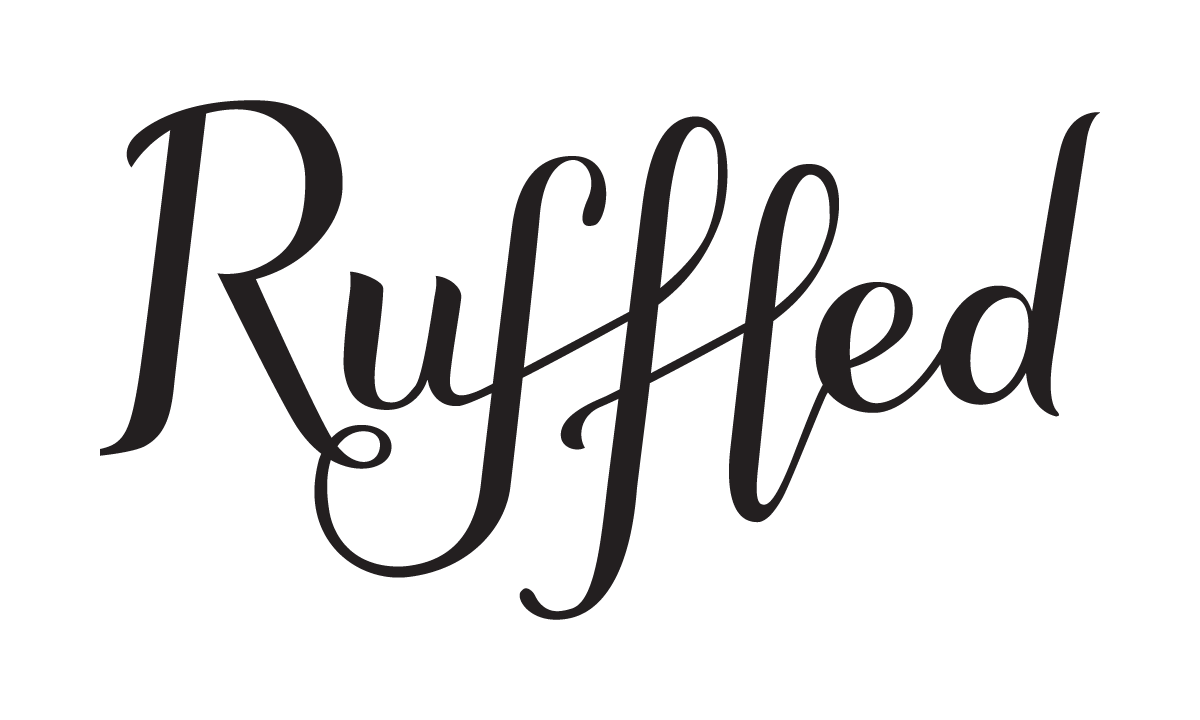DIY Planter Centerpieces
Next up is Christine, who gave these retro planters a refreshed look using succulents and river rocks that will be used as centerpieces on her wedding. Remember you have two more days to submit your project. Deadline is Thursday, March 25! We’ll be posting a few more entries from our DIY Contest today. The winner will receive $500 and the second place a $100 gift certificate to spend in goodies from Wendy Mink Jewelry.
From Christine:
This is an eco-friendly and inexpensive way to make your own beautiful and unique centerpieces. As an added bonus, people with a serious addiction to thrift shopping, like myself, can put their addiction to good use finding cheap vintage planters at thrift stores.
Materials:
– A variety of shapes and sizes of vintage planters from the 50s-70s found at thrift stores, estate sales and yard sales for a couple of bucks a piece. Look for pieces in your wedding colors. Mine are varying shades of blue and green which were pretty common pottery colors in the 50s and 60s, but it is also easy to find vintage planters in a variety of colors and materials.
– Gravel from any nursery or hardware store.
– Potting soil. I used cactus mix because it drains better and succulents like well drained soil.
– One to five succulent plants or cuttings per planter, depending on the sizes of the planters and the plants. Mine were from a friend who was digging them out of her yard to make way for new plantings, but you can buy a wide variety of succulent plants at nurseries, hardware stores, even at Target for just a few dollars a piece. Succulents root very easily so you can use cuttings pinched off of established plants.
– Flat river rocks or rocks collected from the beach.

Instructions:
Step 1: Fill the bottom of the planter with a thin layer (about 1/2 inch) of gravel. Succulent roots don’t like to sit in water. Since none of the planters I found had drainage holes I used gravel too raise the roots above where water would collect after watering. If you have planters with drainage holes you can skip this step.
Step 2: Fill the planter with potting soil up to an inch or two below the top of the planter.
Step 3: Plant succulents in planters. You can mix multiple types of succulents in each planter or use all the same.
Step 4: If there are spaces where the soil shows you can cover the exposed soil with flat rocks or even some of the gravel from step one.

These are great. Simple and beautiful!
thanks for the great tutorial. the dish makes it look so unique.
This is great! love succulents and this is a great idea!
Love this. Totally going to use it at my wedding!!!!
Great look for any occasion!
Great idea! Easy and frugal to make and it looks great. There is nothing like real plants to accentuate a table and its people sitting around it.
Now maybe I can keep an aloe plant alive!
Great idea, and can be made in advance-less stress at the last minute, and much cheaper than fresh flowers! You have my vote!
What a unique idea! And I love the fact that you can make them ahead. There’s always so much to do at the last minute and centerpieces take a lot of time. Not to mention you can send these home with a “winner” at each table for not only a keepsake, but an addition to their garden! You definitely have my vote!!
I love these – how unique and thrifty! She has my vote!
#6 is my choice.
how do you water and when after hard dry or keep moist? full bright light or shade? not sure how to care for these
Nice use for outdated planters or thrift store finds.
I use a drill, made for ceramic / tile / concret. Easy to use, drip a little water in the hole sometime during the drilling.
https://www.facebook.com/photo.php?fbid=10150790536467614&set=a.10150572623932614.328519.543137613&type=3&theater